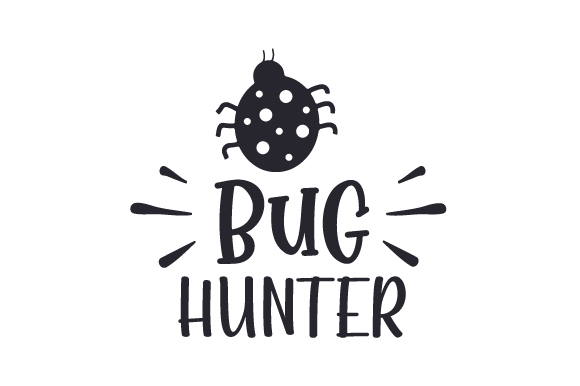Bug Hunter Level 2 - Study Material
Overview
This course introduces students to HTML (HyperText Markup Language) from the ground up.
Starting with the core concepts, students will gradually learn how to create, design, and debug webpages.
Through hands-on examples and practice exercises, students will develop a sharp eye for common HTML errors and master the techniques needed for building clean, functional, and visually appealing web content.
What You Will Learn:
Introduction to HTML
Adding Backgrounds and Using the Tag
Creating Tables
Creating Lists (Ordered and Unordered)
Embedding Audio and Video — Part 1
Embedding Audio and Video — Part 2
Creating Forms (3 Form Projects)
Working with Frames (3 Frame Projects)
Introduction to CSS (Cascading Style Sheets)
Using Inline and External CSS to Style Webpages
Learning Outcomes:
By the end of this course, students will be able to confidently create structured HTML documents, embed media, design interactive forms, and apply basic CSS styling.
They will develop strong attention to detail, an understanding of web design fundamentals, and critical problem-solving skills — essential for success in web development and coding competitions.
Prerequisites:
No previous web development knowledge required.
A willingness to learn, experiment, and explore creative design.
Course Highlights:
Structured, beginner-friendly HTML and CSS lessons.
Interactive webpage-building exercises and mini-projects.
Hands-on debugging tasks after each module.
Special practice material for competition readiness.
Understand the basics of HTML, including its structure, tags, and elements, to create simple web pages.
Learn how to add a background image to a website and change the font to a different one.
Gain skills to create structured tables with rows, columns, and headers for data representation.
Understand how to use ordered, unordered, and nested lists to present hierarchical information.
Embed and control multimedia elements like audio and video in web pages.
Customize multimedia playback features for enhanced user interaction.
Design basic HTML forms to collect user input using various input types. Enhance forms with validation and error handling for improved functionality. Build advanced forms with grouped inputs and multi-step functionality.
Learn to divide web pages into sections using HTML frames.
Customize frame attributes for resizing, scrolling, and improved usability. Create dynamic layouts with nested frames for complex web designs.
Explore the basics of CSS to style web pages with colors, fonts, and layouts.
Understand the differences and applications of inline and external CSS for efficient styling.


.png)



